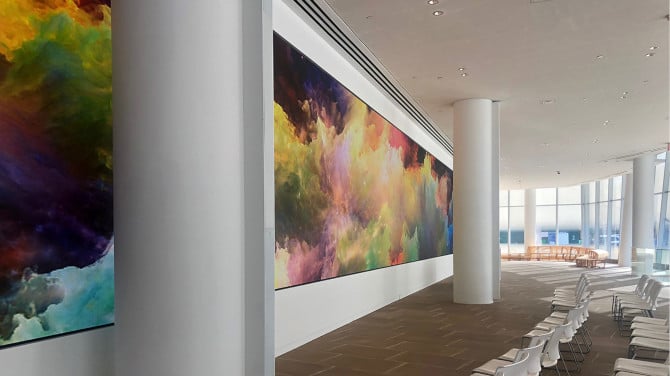
Traditional screen technologies, like CRTs, have been present for numerous years. They were frequently used in televisions and computer screens. However, CRTs have a shorter duration, typically lasting around 10,000 to 20,000 hrs of use. This means that after a few of years, users may observe a deterioration in image quality, such as fading or color deformation. In contrast, LED wall screens can last significantly longer, often exceeding 50,000 hrs. This extended lifespan means that consumers can enjoy consistent functionality without the need for regular replacements.
Another important aspect to consider is energy conservation. LED wall panels utilize less energy than traditional screens, which not only benefits the ecosystem but also lowers electricity costs. For instance, while a CRT screen may use around 100 W of energy, an LED panel can use as few as 30 to 50 W. This difference in power consumption adds to the total longevity of LED technology, as reduced energy usage generates less thermal energy. Excess heat can harm electrical parts, resulting to a shorter lifespan for conventional screens.
In addition to their longer duration and power efficiency, LED wall screens also provide enhanced image quality. They provide more vivid hues and better contrast, making them ideal for multiple uses, from marketing to learning presentations. The technology behind LED panels enables for a broader viewing angle, meaning that images stay sharp and lively even when viewed from the side. This is a significant benefit over traditional displays, which often experience from hue deformation and reduced brightness at wider perspectives.
In summary, the longevity of LED wall panels in contrast to conventional display technologies is a key aspect for consumers to consider. With durations that can surpass 50,000 hrs, power efficiency, discover this and enhanced visual clarity, LED technology offers many benefits. As innovation continues to progress, LED wall screens are probably to become even more prevalent in various environments. Grasping these distinctions can assist individuals and organizations make better choices when purchasing in screen innovation, guaranteeing they receive the best value for their requirements.